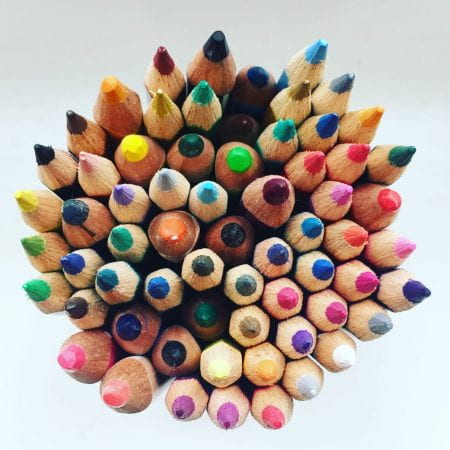Portfolio
Portfolios come in many forms, from notebooks filled with documents, notes, and graphics to online digital archives and student-created websites. Portfolios can be a physical collection of student work that includes materials such as written assignments, journal entries, completed tests, artwork, lab reports, physical projects, and other material evidence of learning progress and academic accomplishment, including written evaluations by tutors or peers, and self-reflections written by students. Portfolios may also be digital archives, presentations, blogs, or websites that feature the same materials as physical portfolios, but that may also include content such as student-created videos, multimedia presentations, spreadsheets, websites, photographs, or other digital artifacts of learning.
A student portfolio is a compilation of academic work and other forms of educational evidence assembled for the purpose of
- evaluating coursework quality, learning progress, and academic achievement
- determining whether students have met learning outcomes or other academic requirements for programmes and graduation
- helping students reflect on their academic goals and progress as learners, and
- creating a lasting archive of academic work products, accomplishments, and other documentation
Patchwork Assessment
Patchwork assessment consists of a variety of small sections, each of which is complete in itself, with the overall unity of these component sections finalised retrospectively, when they are ‘stitched together’ by the student in a reflective piece of work or similar.
The key feature of the patchwork assessment is that it consists of a carefully structured series of short pieces of assessment, carried out at regular intervals throughout the programme – typically over a term or semester. These small-scale tasks are varied in type and may require different kinds of writing and hence patchwork assessment is often referred to as patchwork text.
However, some forms of the patchwork process may be used without text. Patchwork assessment items may include, for example, a critique of an article or book review, a set of notes on a lecture together with a commentary, detailed and analytical accounts of personal experiences (a visit, field trip, interview, classroom activity), a poster representation of the relationship between key ideas, a project proposal and even (with some topics) a poem or a fictional story or other creative piece of work.
The patchwork assessment process is designed so that the student can experience continuous assessment which encourages deep and transformative learning and helps to develops an understanding of complex inter-relationships. Patchwork assessment is a sum of its parts. There can be different elements that are not directly linked but the key to its use is the final ‘stitching together’ by the student.

